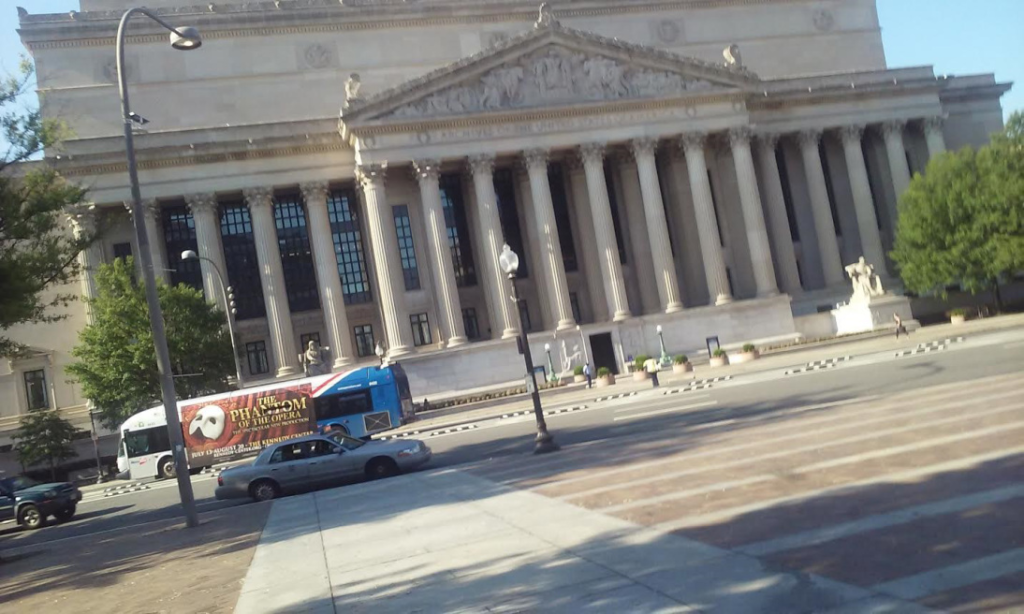
Part 2
Last week my blog was a whole lot longer than usual but I figured now that you’re housebound, you’ve got time to read. I have seven additional ideas to work on since you can’t run down to your local archive or call a library to access a record. Now is a wonderful opportunity to…
1. Review what you have on that brick wall ancestor. Take every scrap of evidence and spread it out on your workspace. Now arrange it in chronological order and study it. Next arrange it by connections, such as every document that has the spouse’s name, too. Do you see any missing time frames? Maybe there was a marriage certificate for 1842, a deed in the same county for 1852 but one of the individuals isn’t mentioned in the 1860 U.S. Federal census but shows up again in 1870. That’s a clue to figure out where the individual was in 1860 – maybe they were ill and placed in a sanitarium, perhaps they were visiting an adult child in another area, the person may have had to find work elsewhere or attend the funeral of a family member. Not sure where the person might have been? I recommend reading my last blog article and doing item 3. After you do that …
2. Take your time to synthesize the information. Don’t rush – we aren’t going anywhere for awhile. Let the information just percolate in your brain. Write down what you find odd or missing. Now it’s time to…
3. Do some exercise. Hubby and I now start our day with a beginner yoga video we found on youtube. Stretching and breathing will help your brain process the information so give it a try. The workout may have made you hungry so now think about…
4. Family recipes. My hubby’s birthday is coming up and I may have to dig up the family Depression Cake recipe because I don’t know what ingredients will be available at the grocery. That recipe makes me think of other recipes that got my family through difficult times. When my grandparents were quarantined with their young family because of a scarlet fever outbreak, she practiced social distancing by speaking with her neighbors through their open windows. Reminds me of the people singing together on the balconies in Italy or exercising in Spain. In my family’s case, grandma got a great spaghetti sauce recipe from the Italian neighbor and what we call corn meal mush, from the southern neighbor on the other side of her home. That was nearly 100 years ago. Think about the legacy you’re leaving your descendants…
5. Write down your experiences. I realize how spoiled and privileged we are. I miss going to restaurants the most. I only recall both sets of my grandparents going to a restaurant once. My maternal grandparents, my mother and I went with a neighbor to the Beach Café in Miller, Indiana when I was about 6 years old to get perch on a Friday night during Lent. Mr. Bauer had just become a widow and missed going to the café with his wife so my family joined him. I didn’t know then that he had been a character witness 20 years earlier for my grandparents so they could become citizens. My paternal grandparents, my parents and I went to a diner in Hobart, Indiana when I was about 3 years old. I have no idea why we only went once or why we went there but I recall there were other people with us so I suspect visiting relatives must have come to town. They ordered a large pizza and to me, it looked disgusting so I refused to eat it. I ended up getting the chicken drumstick child’s dinner. My dad bought me a plastic rocket that came apart in three pieces – it was the Cold War and we were going to beat those Russians. That was 60 years ago. Those are my memories of dining out – now write yours and if you get stuck…
6. Ask an older relative about their recollections. Now is the time to connect so give them a call, email, Skype or even write a snail mail letter. I wish I had thought to ask my grandparents about the 1919 Influenza pandemic. I know my grandfather and great grandfather both got it in January; my grandmother blamed their resistance being shot to working the night shift at U.S. Steel and riding their bikes home in the cold rain. My grandfather got over it quickly; my great grandfather died. He had been known to have asthma and epilepsy and the flu turned into pneumonia. I have the funeral photo with no social distancing practiced. I know how the family coped – my grandmother took in borders to help pay the bills now that half the money was gone. What I don’t know is how they prepared for the epidemic. Perhaps they never did. The family raised chickens and rabbits and canned their garden vegetables. I really wish I had asked more questions. If you aren’t able to connect with an older generation because you are the older generation then…
7. Reach out to those your DNA says are family. Sure, you tried that before but they didn’t respond. Well, try, try again because they’re probably home now, too, and just might have time to respond to you.
Remember, Shakespeare and Newton did their best work during a pandemic. Keep up your spirits by thinking about how your ancestors handled adversity. Let them serve as a model for you.



